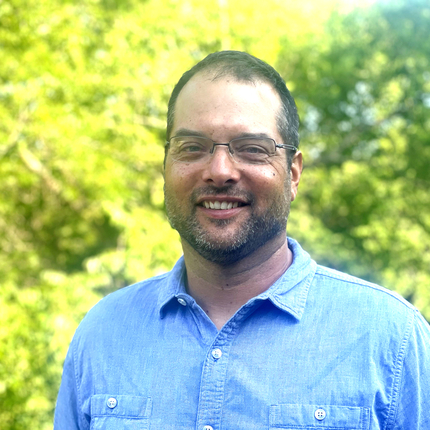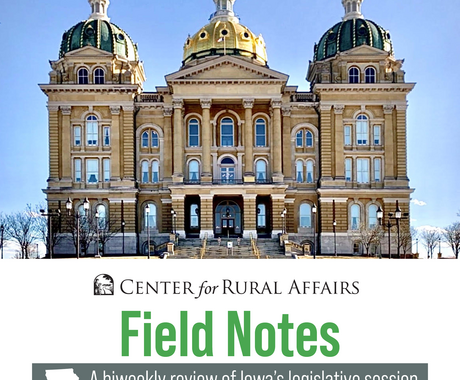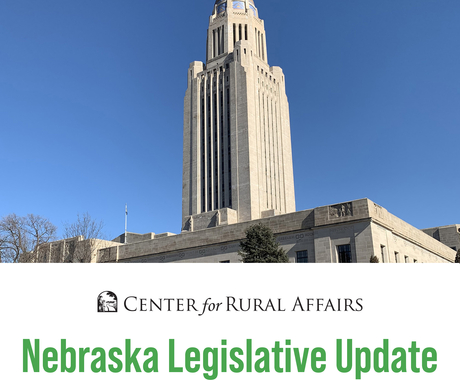Published in Wallaces Farmer on Aug. 1, 2022
Eric Hill knows good soil. The Iowa producer, who manages his family’s 3,000-acre farming operation near Nevada, has spent more than 20 years caring for the soil that surrounds the plot of land purchased by his parents in the 1970s.
After moving to central Iowa from California, his parents learned about soil health through trial and error. While Hill still relies on the experimental nature of farming from time to time, he’s come to rely on two important tools — the Conservation Stewardship Program (CSP) and soil testing — to improve soil health.
Administered by the U.S. Department of Agriculture’s Natural Resources Conservation Service (NRCS), CSP offers producers financial and technical assistance to implement farming and ranching practices that are good for the environment. Hill has used the program to implement several practices that are good for soil health, such as no-till, planting cover crops and split application of nitrogen.
Taking care of the soil
Soil testing is not a requirement of CSP, however, having reliable data about soil nutrients, pH levels, and organic matter often proves beneficial to producers enrolled in the program or simply interested in climate-smart agriculture. For Hill, testing provides an in-depth understanding of how he can better manage inputs to protect the environment and his bottom line.
“Grid sampling really helps to avoid overapplying fertilizer where it’s not needed,” he said, noting he hires a contractor to collect soil samples on a 2.5-acre grid every four years.
As with CSP, soil testing often requires the guidance of a professional to identify problems and offer solutions. Hill said contacting a trusted agronomist or other soil health expert to help interpret data, and make informed decisions based on that data, is key to the use of soil samples.
“Most farmers, including me, can’t take a set of soil samples and properly digest the data that’s presented,” he said, adding the cost of soil testing can feel particularly inhibitive to producers who don’t have a plan on how to use it.
Increasing the bottom line
At the end of the day, Hill believes both CSP and soil testing have helped his bottom line, and he sees plenty of opportunity for producers to make a connection between the two. Monitoring his soil health and implementing sound conservation practices have helped him build cropland he is proud to farm.
“We have yields that reassure me we’re going in the right direction,” he said.
Farmers interested in CSP and other programs to improve soil health are encouraged to contact their local NRCS office for assistance. The deadline to apply for CSP in Iowa is Oct. 1.




